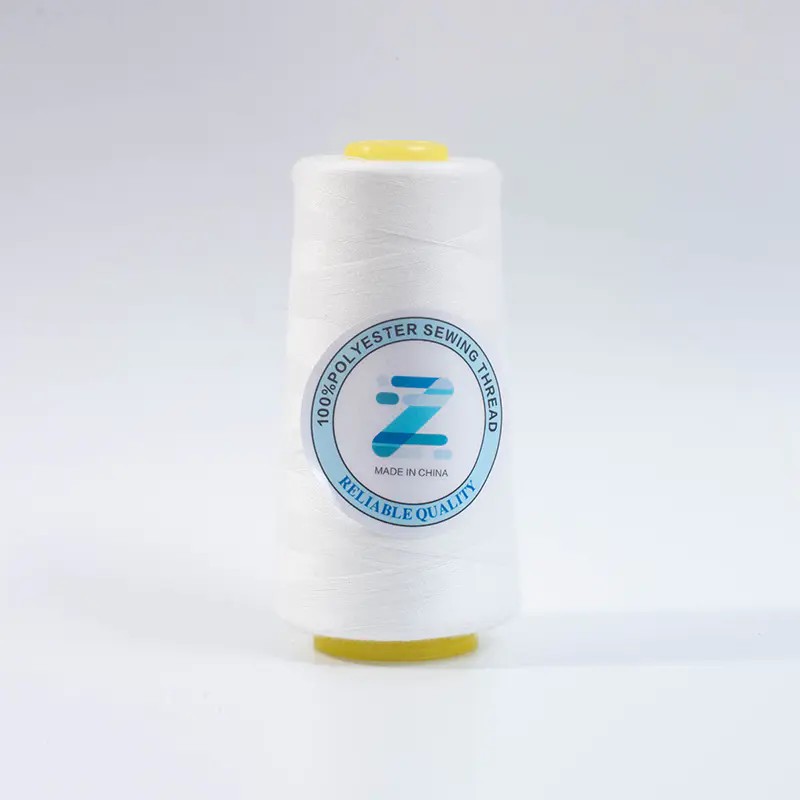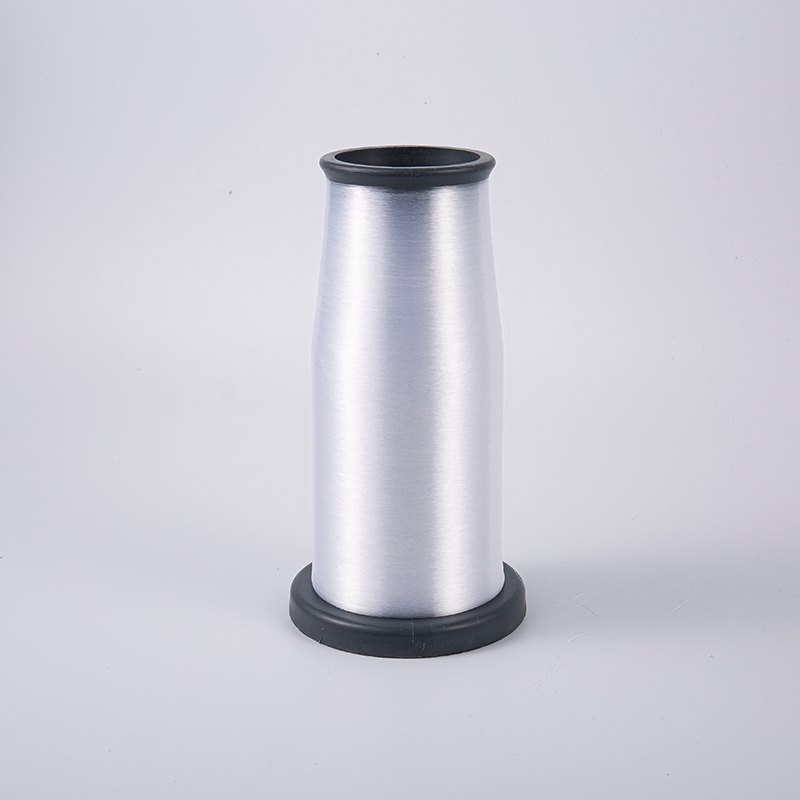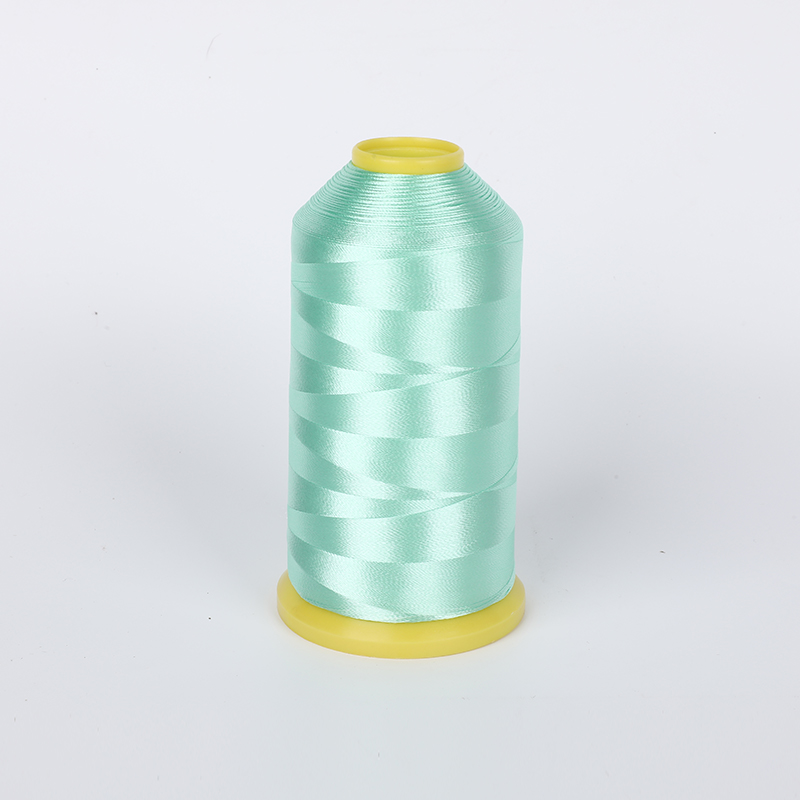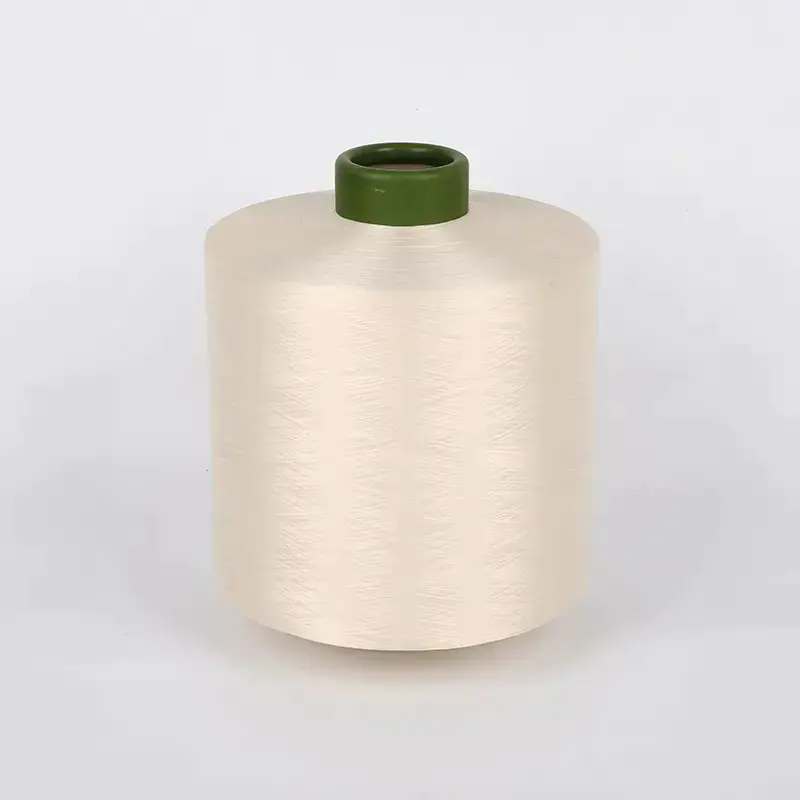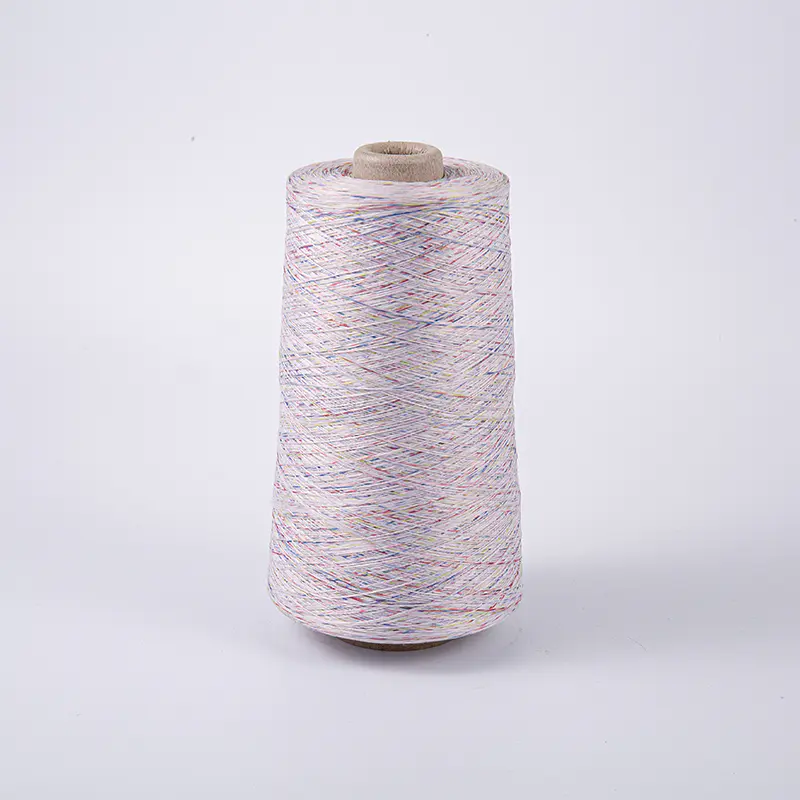Content
In recent years, embroidery glass beads, as a unique textile decorative element, have gradually occupied a prominent position in global textile art. Whether in the fashion industry, traditional handicrafts, home decor, or cultural heritage, glass bead embroidery, with its dazzling visual effects and exquisite craftsmanship, has become a source of inspiration for designers and artists.
The History and Evolution of Embroidery Glass Beads
The use of embroidery glass beads dates back to ancient civilizations. In many cultures, glass bead embroidery has been widely used as a decorative and symbolic element in clothing, religious rituals, and daily life. Ancient Egypt, ancient Greece, ancient China, and ancient West Asia all used glass beads to decorate clothing and accessories, imbuing them with cultural and symbolic meaning.
In traditional Chinese embroidery, glass beads are often used to enhance the ornateness of clothing. This is particularly true in the costumes of ethnic groups such as the Manchu and Uyghur, where the combination of glass beads and silk thread creates a unique aesthetic. In Europe, especially in Victorian-era high society, glass bead embroidery was often incorporated into luxurious gowns, ball gowns, and wedding dresses, becoming a crucial symbol of aristocratic status and wealth.
With the advancement of globalization, embroidery glass beads have gradually transcended cultural boundaries, becoming a common practice in global textile art and finding new life in modern fashion and high-end design.
The Profound Impact of Embroidery Glass Beads on the Fashion Industry
The influence of embroidery glass beads on the fashion industry cannot be underestimated, especially in haute couture and luxury brand designs, where glass bead embroidery has become an indispensable part. It imparts a unique visual effect and three-dimensionality to clothing, elevating its sophistication and artistry.
The Brilliant Art of High-End Fashion
The luster and texture of embroidery glass beads have made them a common element in high-end fashion design. Top brands such as Chanel, Dior, and Hermès have been incorporating glass bead embroidery into their designs for decades. Especially in evening gowns, wedding dresses, and ball gowns, the addition of glass beads adds an extraordinary sense of luxury.
In Chanel's haute couture collections, glass bead embroidery often appears on iconic little black dresses and exquisite coats, enhancing the overall gloss and visual appeal of the garments. Dior's haute couture collections combine glass beads with gold and silver thread to create intricate and ornate patterns, making each piece highly artistic and collectible.
The Beauty of Detail in Glass Bead Embroidery
Glass bead embroidery is more than just a decorative technique; it can create stunning artistic effects through intricate details. Through carefully designed bead arrangements, glass bead embroidery can add layering and three-dimensionality to clothing, adding complexity and richness to the overall look. Designers demonstrate their meticulous attention to detail through the delicate beading.
For example, in Saint Laurent's collections, glass beads are often arranged in delicate floral or geometric patterns, creating a sense of visual fluidity. Brands like Valentino feature intricate details in their all-over glass bead embroidery, enhancing the overall artistic flair of their garments.
Cultural Integration and Globalization of Glass Bead Embroidery
Embroidery glass beads are not confined to a specific culture; their cross-cultural integration is driving global fashion change. Designers constantly draw inspiration from around the world, combining traditional embroidery techniques with modern fashion to create garments that blend tradition with innovation. Glass bead embroidery is more than just a decorative element; it has become an essential element in the global fashion industry.
The Integration of Embroidery Glass Beads with Traditional Crafts
Embroidery glass beads not only exert a significant influence in the fashion industry, but their integration with traditional crafts around the world further elevates the cultural value of this element. As a traditional craft, glass bead embroidery carries a profound cultural heritage and artistic form. Its global spread and development has promoted the revival and innovation of traditional crafts in many regions.
Traditional Embroidery Art in Asia
In Asian countries such as China, India, and Thailand, glass bead embroidery is often used to embellish traditional clothing, festivals, rituals, and religious events, becoming an indispensable decorative element. In the costumes of ethnic groups like the Manchu and Uyghur in China, glass bead embroidery is not merely an aesthetic embellishment but also a symbol of identity, culture, and history. Especially at traditional festivals and weddings, glass bead embroidery is often combined with silk, gold thread, and other elements to create uniquely local clothing.
For example, the glass bead embroidery in Manchu cheongsam often incorporates traditional dragon and phoenix motifs and animal images, symbolizing power, wealth, and peace. In traditional Uyghur clothing, glass bead embroidery is often combined with intricate patterns, showcasing the unique aesthetics and religious beliefs of this ethnic group.
In India, the use of glass bead embroidery has permeated various cultural activities, including weddings and festivals. In traditional embroidery techniques such as Zardozi and Phulkari, glass beads are paired with gold and silver thread, creating garments that are both ornate and visually striking. Especially in wedding attire, glass bead embroidery often symbolizes the wealth of the newlyweds and the prosperity of the family.
Africa's Embroidery Glass Bead Culture
The African craft of embroidery glass beads is not only an aesthetic expression but also holds profound cultural significance. In many tribes across West and East Africa, glass beads are used as symbols of social identity, status, and religious beliefs. For example, the Bété people of West Africa use clothing and accessories embroidered with glass beads to express their identification with their tribe and social structure. The Maasai people of East Africa use glass bead headdresses and necklaces to symbolize tribal unity and reverence for natural spirits.
The existence of these traditional crafts demonstrates how embroidery glass beads carry significant symbolic meaning across different cultures. Modern fashion designers, by incorporating these cultural elements, seamlessly blend tradition with modernity, injecting new vitality into glass bead embroidery.
The Modern Revival of Traditional Handicrafts
With the advancement of globalization, traditional handicrafts are experiencing a resurgence in modern society. Many young designers are focusing on the preservation and innovation of traditional crafts, incorporating embroidery glass beads into modern fashion designs, giving these traditional crafts new artistic forms. For example, some designers are collaborating with artisans in Africa, India, China, and other regions to redefine the artistic value of glass bead embroidery, giving it new life on the global fashion stage.



 عربى
عربى
